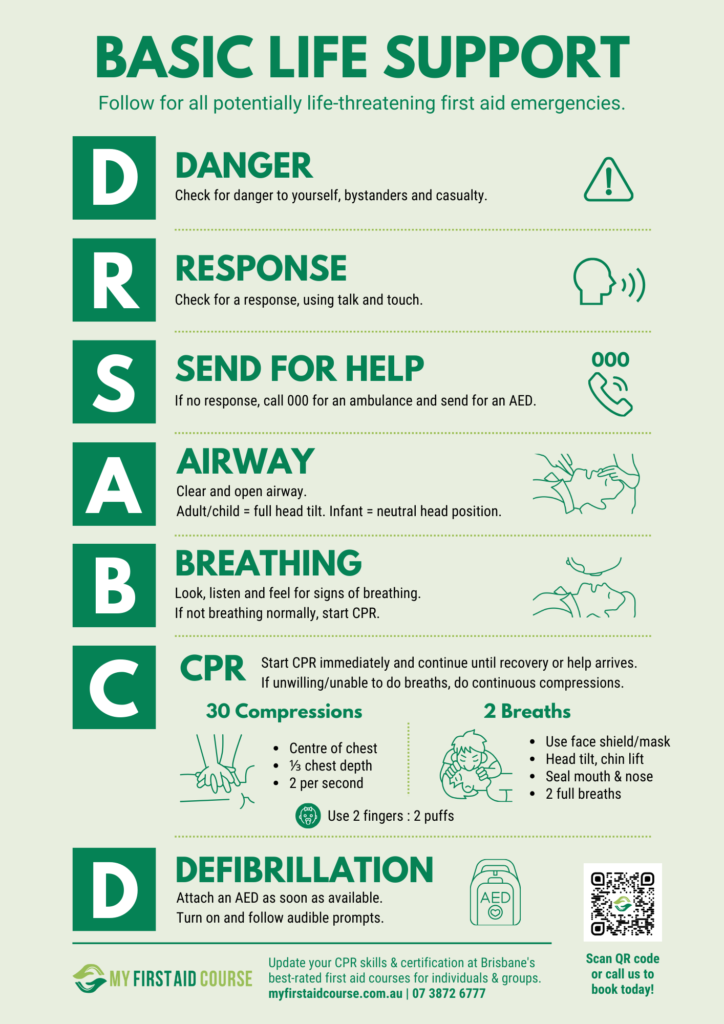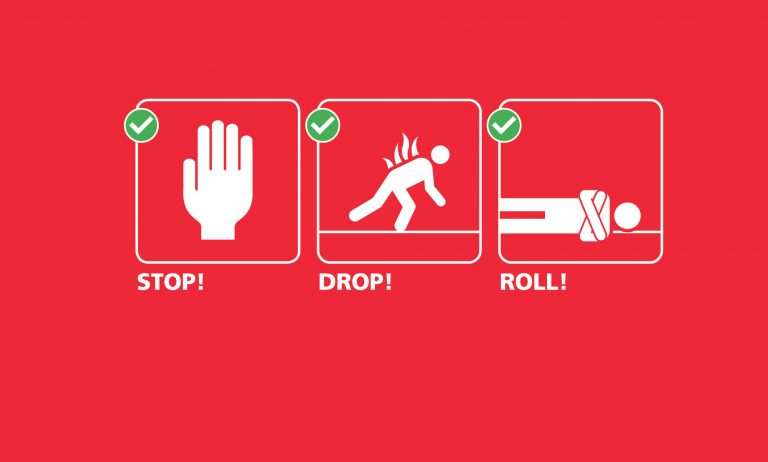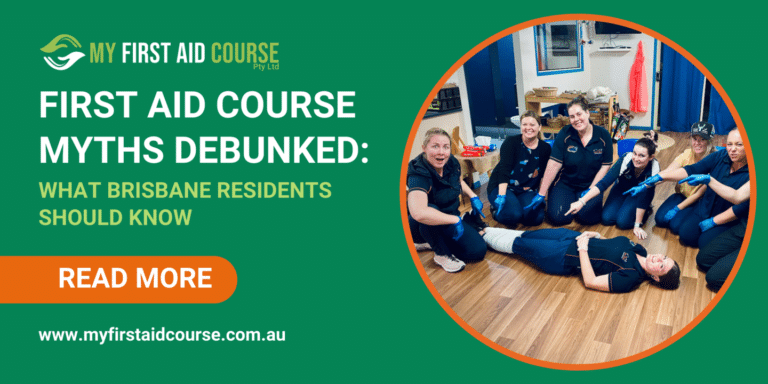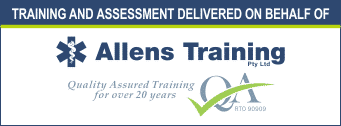Australia is the sunburnt country. The land of sweeping plains.It is also the land of the iconic Slip Slop Slap ad campaign born from our notoriety as the country with the highest rates of skin cancer in the world1. Not our best stat.
Let’s face it. We love our sunburnt country. And our gorgeous beaches that tempt us each summer to stay out longer than we should. Australians live for beach days and fun runs and mountain climbs. Even in very, very hot weather.
With the inevitable sunburn & the skin cancers that may follow however, also comes the classic formula for heat exhaustion and potentially heat stroke, which can become life threatening if not managed properly.
When we stay for ‘just another hour’ in the scorching sun after the water bottle has maybe run dry, or we are determined to make our PB this time even though it’s 34 deg in the shade so we go for the extra push, or the finish line for the fun run feels so close surely we can just make one last big effort…we may just be pushing our body past it’s limit to the point of no return.
As Australians living in such a harsh climate, which only seems to be getting harsher thanks to climate change, we all need to know our limits.
And we need to understand the causes, signs & symptoms of heat exhaustion and heat stroke and how to respond should you or others around you feel at risk.
So, the million dollar question, what is that limit?
How far can you push your body before you hit heat exhaustion?
Let’s start with the basics.
Table of Contents
What is Heat Exhaustion?
Heat Exhaustion is when your body can no longer cool itself down and therefore starts to overheat2.
Our bodies must exist in a state of what’s called homeostasis in order to function properly. In layman’s terms, this refers to it’s ‘ideal operating conditions’. These ‘conditions’ can include: internal temperature (36.5-37.5°C), the water content of our cells, oxygen and carbon dioxide levels, the amount of nutrition available to fuel our organs, and the levels of toxins in our blood, to name just a few. Homeostasis is monitored by a continual mechanism of feedback loops which help our bodies adjust to changing external and internal factors, bringing it back into balance, or homeostasis.3
To manage internal temperature control, the key homeostatic variable related to heat exhaustion, and ultimately heat stroke, one of the main ways the body cools itself down, is to sweat, releasing heat as the sweat evaporates off the skin. For this the body needs a good source of available internal cellular water. Once this starts to become depleted (ie. the more you sweat the less water reserves the body has), heat exhaustion can occur.4
What happens to your body during heat exhaustion:
During heat exhaustion the body is no longer able to maintain the correct internal temperature. This means that it has to work harder and harder to try to cool down (increase the release of sweat), energy output starts to lessen as the cells are no longer functioning at their optimum, and bodily organs will start to become distressed5. All of this leads to varied symptoms that are the signal your body is suffering from heat exhaustion.
It is important to become familiar with these symptoms so that you can respond quickly to aid your body in cooling down and help it return to thermal homeostasis as soon as possible.
What are the symptoms of heat exhaustion?6
- Feeling really, really hot, even when in the shade
- Sweating more than normal
- Feeling really tired and weak, as though you have no energy
- Starting to feel a little dizzy or lightheaded
- Your skin becoming pale or clammy & cool to the touch
- Feeling nauseous or maybe even vomiting

How to cool your body down fast
The key to reversing heat exhaustion is to help your body get back to thermal homeostasis by creating a cooler external environment as well as internally resourcing your body with what it needs to manage temperature control.
The three most obvious ways to do this are to get in the shade, rest and hydrate.
Reducing the external temperature (shade), allowing your remaining energy reserves to be focussed on cooling your body (rest) and replenishing your body’s reserves of water (hydrate) are critical actions that will assist to restore your body temp back to the safe zone (below 37°C) and will reduce the chance your body temp might continue to rise all the way into the critical zone (above 41°C), which leads to heat stroke and can be fatal.7
Any other ways to reduce your core body temperature will also be very helpful such as cool compresses on the skin or taking a cool shower.
If remedial actions such as these have not been implemented, or have been implemented too late however, you may find yourself facing heat stroke, which is a medical emergency.
What is heat stroke?
Heat stroke is a more severe and potentially life threatening condition than heat exhaustion. It is when the body’s cooling mechanism fails to keep up with an increase in body temperature and the body overheats, usually exceeding 41°C. Basically it is when homeostasis, with respect to temperature regulation, fails.
Think fun run gone wrong. Or one of our iconic City to Surf races. Or perhaps even Little Athletics on a hot, very hot Friday night.
Our Australian Open is known for the heat duress the tennis stars must endure most years as the Melbourne January temperatures soar into the high 30’s, sometimes into the 40s, with our blazing sun beating down on them. A new Extreme Heat Policy had to be established in 2019 in response to player collapse at the Open during the 2018 heat wave so that both players and court officials would be protected from heat exhaustion and heat stroke.8
Or who can forget those many moments at summer Olympic events when the long distance runners or walkers finishing their marathons with a final lap of the stadium end up literally stumbling in the final 200 metres, collapsing to the horror of the crowd and watching paramedics who rush to their aid. They pushed their body too far. They ignored the warning signs due to their determination to succeed. Globally, it is the endurance sports of running & cycling that have the highest rates of heat illness and deaths.
Yes, even elite athletes are prone to heat stroke. Because everyone’s body has its limit. Every person’s body must operate within a certain temperature parameter or the body’s internal physiology & organs will simply start to shut down, leading to death.
It is so important to know and understand your own likely limits, to listen to your body’s signals, and respond with remedial treatment to relieve symptoms from escalating.
So how do you know if you or someone near you might be in danger of heat stroke?
Heat stroke symptoms: What to look for9
- Unlike with heat exhaustion, your skin might feel hot & dry because your body has exhausted its water reserves and has stopped sweating
- Your heart may start racing way faster than normal
- As with heat exhaustion, you will likely feel nauseous and may start vomiting
- You could get a really bad headache that won’t go away
- You might feel really confused, dizzy and just not yourself
- In severe cases you might faint or lose consciousness.

How to assist someone with heat stroke
If you or someone around you is experiencing these symptoms, it is important to take immediate action. Heat stroke is a medical emergency so the first response needs to be to seek professional medical support through emergency services. The next steps, as with heat exhaustion, involve trying to assist the body to cool down as quickly as possible while waiting for medical assistance to arrive:

Steps to treat to heat stroke:10
- Get an adult or call emergency services right away
- Get the individual into shade or indoors to start trying to cool them down
- Use cold compresses on their skin, or give them a cold shower or bath
- Hydrate them with water if they are able to drink

Heat exhaustion and heat stroke are a thing, and they can be life threatening.
So we really need to understand when enough is enough in the sun.
Always stay hydrated, take breaks in the shade, and if you or someone else shows signs of heatstroke, get help ASAP.
Citations
- https://www.statista.com/statistics/1032114/countries-with-the-greatest-rates-of-skin-cancer/ ↩︎
- https://www.ncbi.nlm.nih.gov/pmc/articles/PMC4843928/ ↩︎
- Physiology, Homeostasis
Sabrina Libretti; Yana Puckett. Last Update: May 1, 2023.
https://www.ncbi.nlm.nih.gov/books/NBK559138/ ↩︎ - The pathophysiology of heat exposure
Miklós Székely, Luís Carletto,and András Garami May 27, 2015
https://www.ncbi.nlm.nih.gov/pmc/articles/PMC4843928/ ↩︎ - https://www.ncbi.nlm.nih.gov/pmc/articles/PMC4843928/ ↩︎
- Heat Exhaustion
Medically Reviewed by Jennifer Robinson, MD on March 20, 2023
Written by Rick Ansorge
https://www.webmd.com/fitness-exercise/heat-exhaustion ↩︎ - The pathophysiology of heat exposure ↩︎
- Australian Open Extreme Heat Policy
https://ausopen.com/visit/tournament-info/policies ↩︎ - https://www.sydney.edu.au/news-opinion/news/2023/12/11/its-extremely-hot–could-i-have-heat-stroke.html ↩︎
- https://www.sydney.edu.au/news-opinion/news/2023/12/11/its-extremely-hot–could-i-have-heat-stroke.html ↩︎





